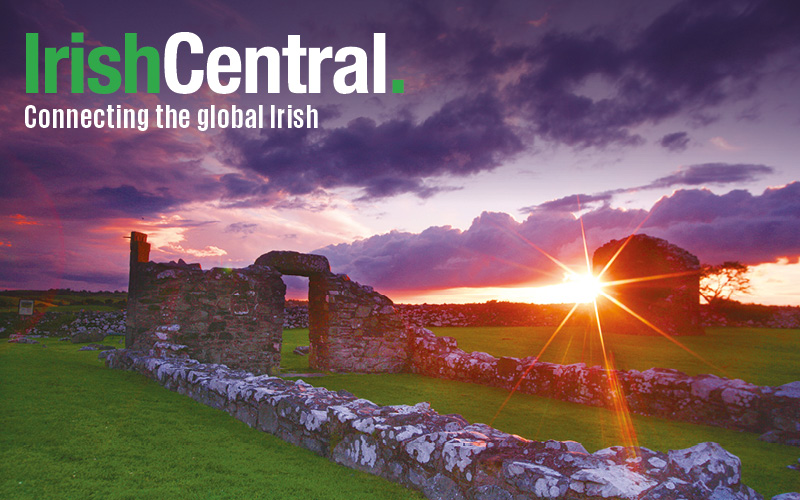The recent discovery, made due to Ireland's record-breaking heatwave has the potential to "transform our understanding of the Bru na Bóinne archaeological landscape and Neolithic society.”
Department of Culture, Heritage and the Gaeltacht (DCHG), follows up on discovery by local historians.
The Boyne Valley, Brú na Bóinne, UNESCO World Heritage Site, is brimming with mystery! Newgrange, Knowth and Dowth, ancient monuments, as old as the pyramids are visited by thousands of tourists each year. The original purpose of these massive works of prehistoric construction is largely unknown, but it is thought that they may have been used as tombs for ancient kings, giant astronomical devices, or centers of ritual and worship. And just when we think that all of the sites have been uncovered, fate – in the form of extreme weather and new technology – shows us that there is more to an ages-old monument than what first meets the eye.
Following the discovery of the outline of a new circular ‘henge’ feature (twice the diameter of existing Newgrange) by Anthony Murphy, a local astronomer and photographer, Ken Williams, a new aerial survey carried out by DCHG in the area of the Brú na Bóinne World Heritage Landscape has revealed even more archeological evidence that had hitherto gone unnoticed.
According to a news release from the Ministry, “The scale of these archaeological discoveries - most likely dating to the Neolithic period around 5000 years ago - is simply unparalleled in Ireland.”
Minister for Culture, Heritage and the Gaeltacht Josepha Madigan, T.D, praised Anthony Murphy and Ken Williams for their discovery.
She added, "Reconnaissance carried out by archaeologists from the Irish National Monuments Service has resulted in the discovery of an array of very significant additional archaeological features in the vicinity across the River Boyne floodplain South of the Newgrange Passage Tomb. With further research we know these fascinating finds will add greatly to our knowledge of the wonderful Brú na Bóinne World Heritage landscape”
To begin with, these new features “will now be mapped to allow a better understanding of their spatial relationship to each other and the many other monuments already known in the area.”
“Further study of them will have the potential to transform our understanding of the Bru na Bóinne archaeological landscape and Neolithic society.”
You can find the press release from the Department of Culture, Heritage and the Gaeltacht here.
You can follow Anthony Murphy at Mythical on Facebook at Mythical Ireland here and Ken Williams at Shadows and Stone Photography here.
This article was submitted to the IrishCentral contributors network by a member of the global Irish community. To become an IrishCentral contributor click here.




Comments